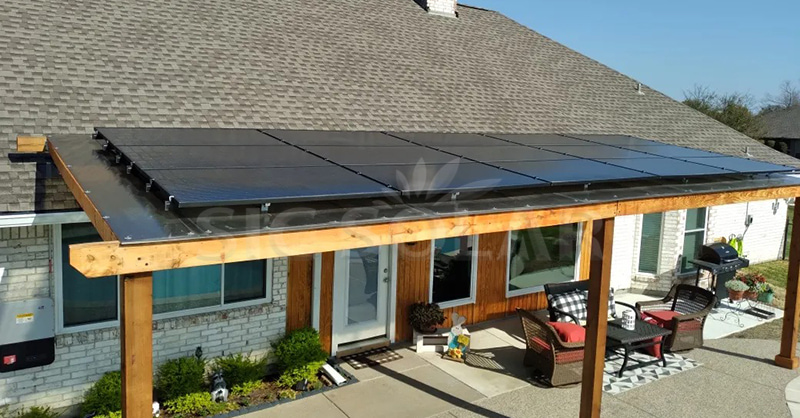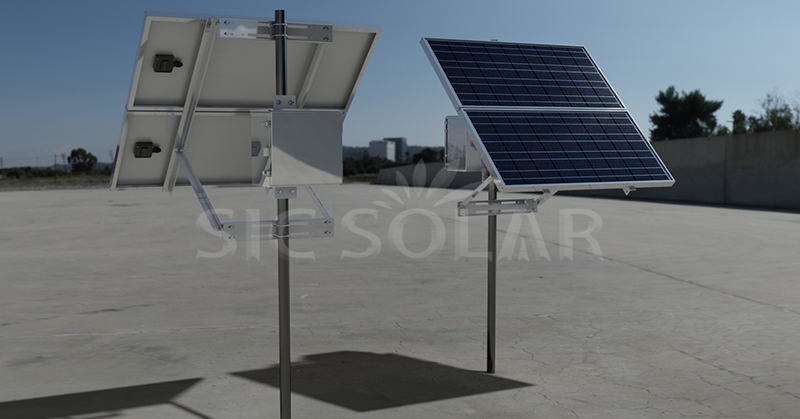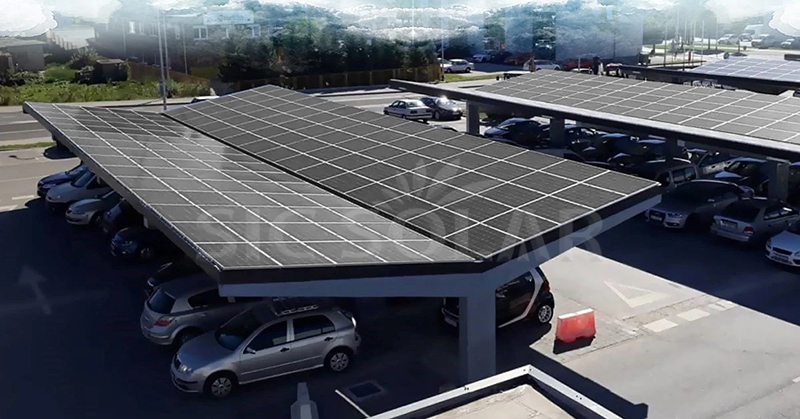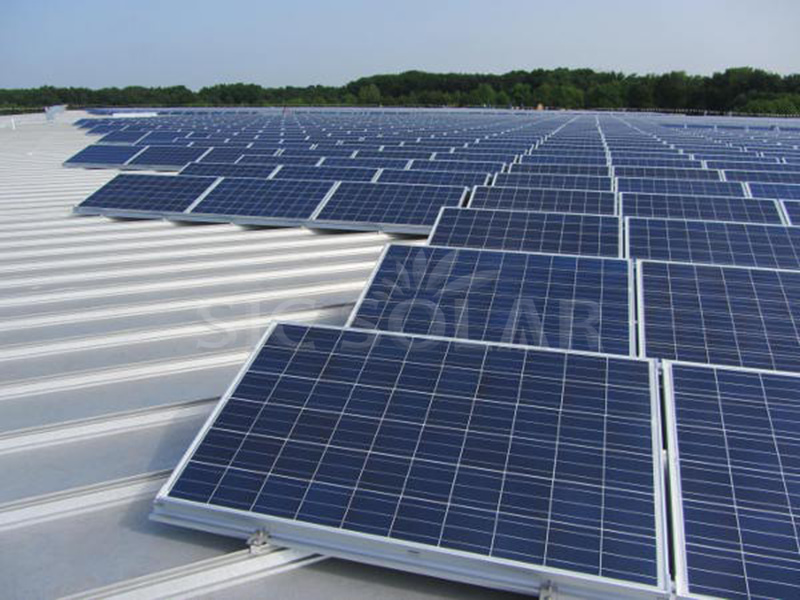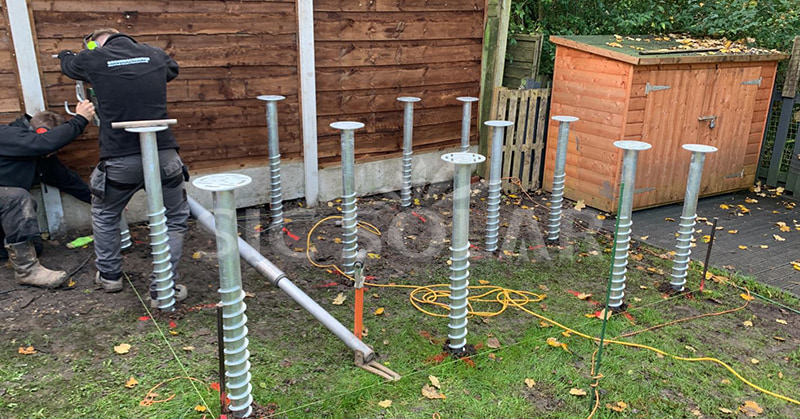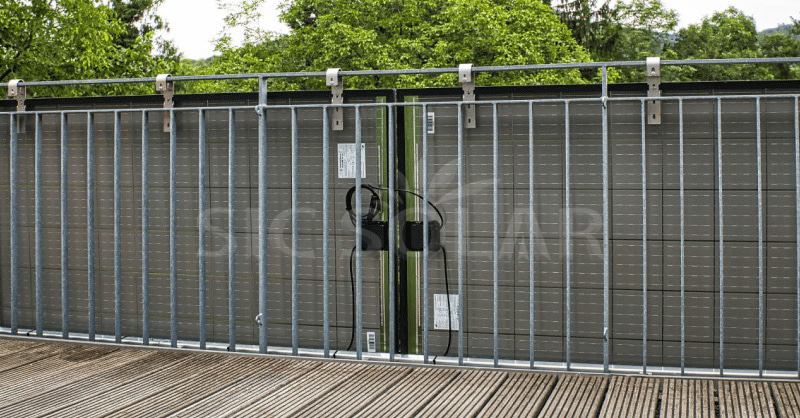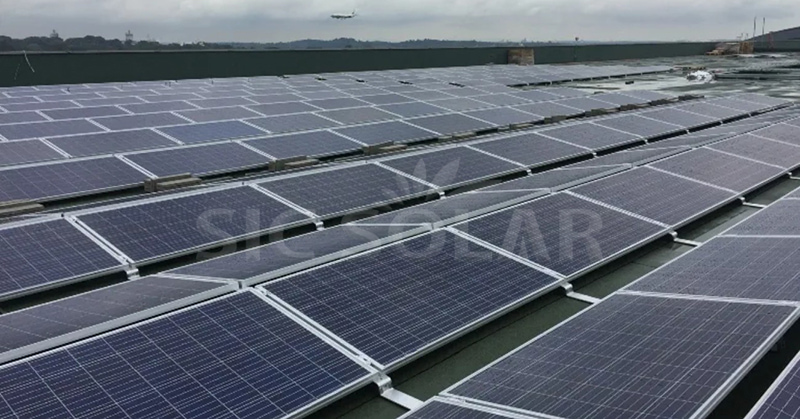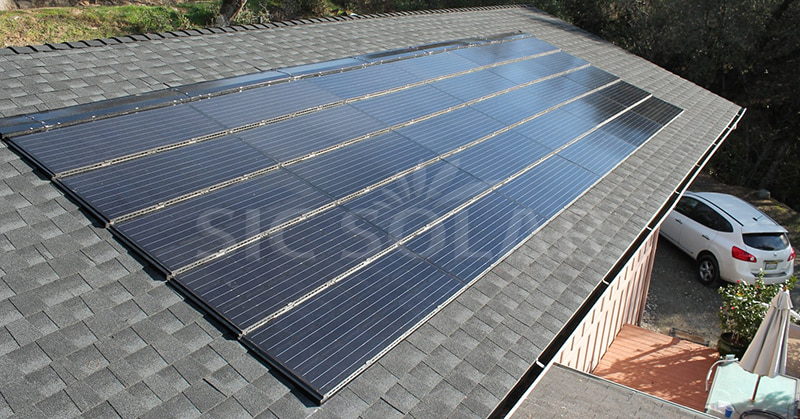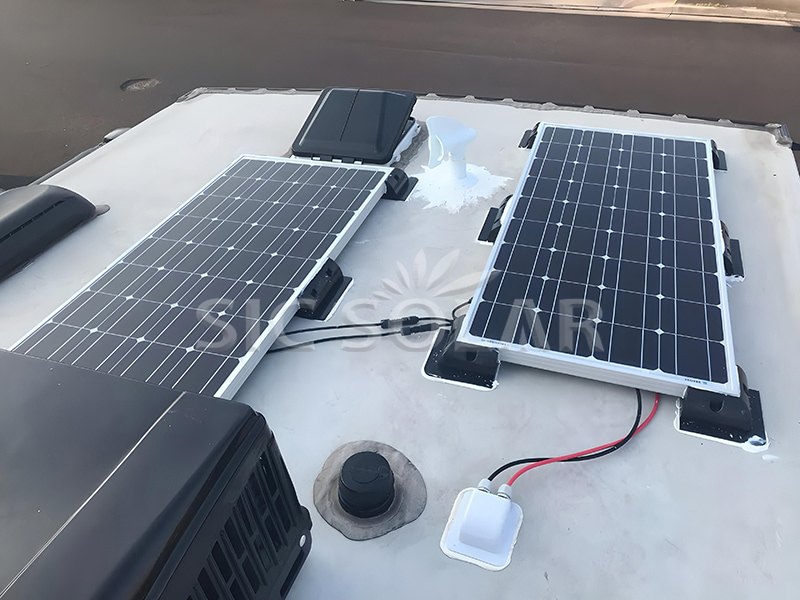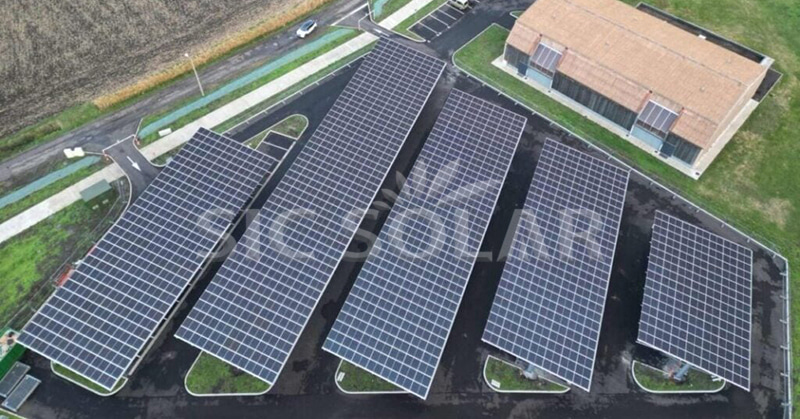Can Solar Panels Be Installed on a Patio?
Yes, solar panels can be installed on a patio, and it can be an excellent way to generate clean energy while maximizing outdoor space. Whether you have a covered patio, pergola, or standalone structure, integrating solar panels can provide shade, energy savings, and environmental benefits.
Benefits of Installing Solar Panels on a Patio
✔ Efficient Use of Space – If your main roof isn’t suitable for solar panels due to shading or structural concerns, a patio can serve as an alternative installation area.
✔ Dual-Purpose Design – Solar panels provide shade and weather protection while generating electricity for your home.
✔ Lower Energy Costs – The electricity produced can help reduce energy bills by powering appliances, lights, and other household needs.
✔ Customizable Installation – Patio solar panels can be integrated into various designs, including pergolas, carports, or awnings, depending on space and aesthetic preferences.
How to Install Solar Panels on a Patio
1. Assess the Patio Structure
- Check if the patio cover or pergola is strong enough to support the weight of solar panels.
- If needed, reinforce the structure with additional steel or aluminum framing.
2. Choose the Right Mounting System
Depending on your patio design, solar panels can be installed using:
- Tilted or Flat Mounting Frames – Ideal for adjusting the panel angle for maximum sunlight exposure.
- Integrated Solar Roofing – Some homeowners opt for solar panel roofs, replacing traditional patio covers with semi-transparent solar panels for a sleek, modern look.
- Ground-Mounted Extension – If a patio lacks structural support, ground-mounted frames can be placed next to it for solar panel installation.
SIC Solar provides customized solar mounting solutions for patios, ensuring stability and efficiency while complementing the existing structure.
3. Position the Panels for Maximum Sunlight
- Aim for a south-facing orientation (in the Northern Hemisphere) for optimal sun exposure.
- Adjust the tilt angle to improve efficiency, especially in areas with seasonal sun variations.
4. Electrical Connection and Grid Integration
- Connect the solar panels to an inverter and tie them to your home’s electrical system.
- Consider adding a battery storage system to store excess energy for later use.
Considerations for Patio Solar Panel Installation
✔ Structural Integrity – Ensure your patio is strong enough to support the panels and withstand wind or snow loads.
✔ Local Building Codes – Check with local authorities to ensure compliance with permitting and zoning regulations.
✔ Waterproofing – If converting your patio cover into a solar structure, proper flashing and sealing are essential to prevent leaks.
✔ Aesthetics and Design – Integrated solar panel designs can enhance the visual appeal of your patio while maintaining functionality.
Installing solar panels on a patio is a smart way to generate renewable energy while adding shade and functionality to your outdoor space. With custom solar mounting solutions from SIC Solar, you can ensure a secure, efficient, and visually appealing installation. Contact us today to explore solar mounting options for your patio!

